My favorite Titanic adventure game is remarkably faithful to the historic disaster, except for how it floats above Tokyo circa 2026 stuffed with demons
I'm flying (dead in the skies above Tokyo), Jack!
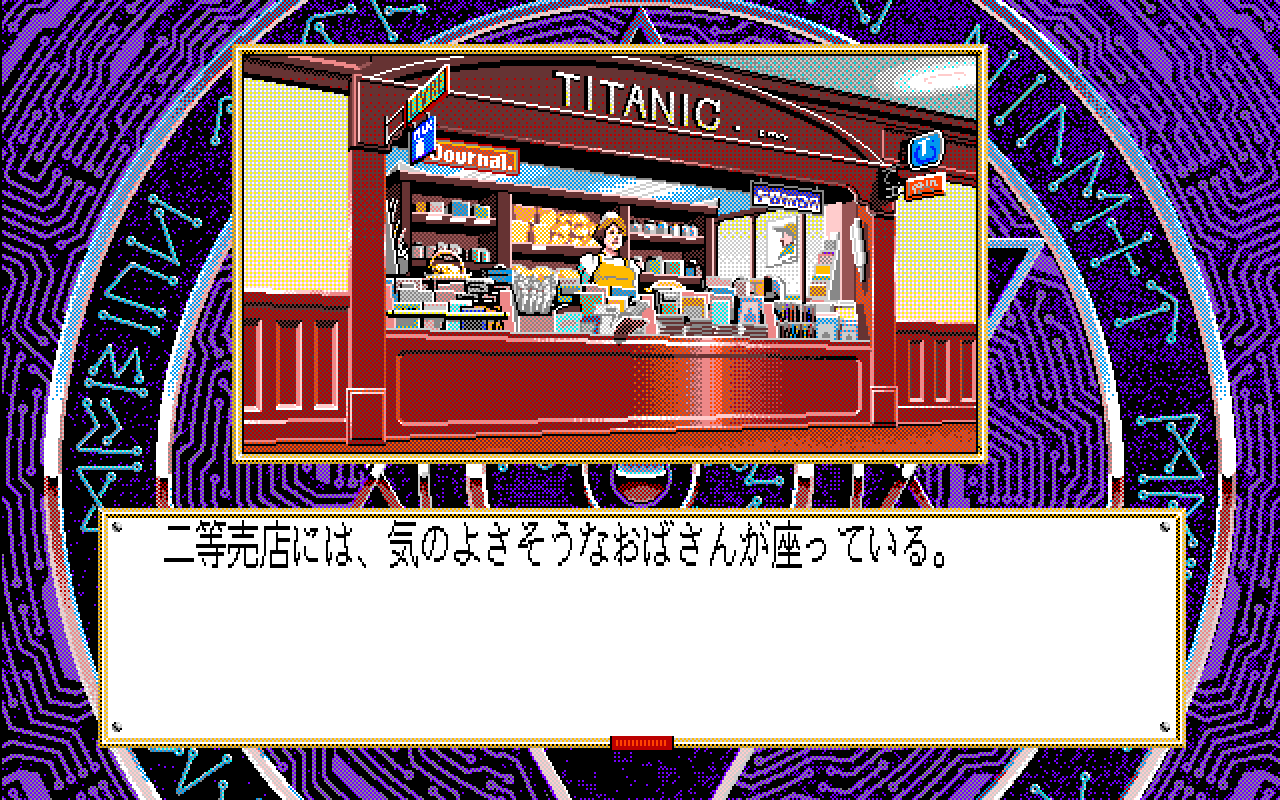
Pasokon Retro is our regular look back at the early years of Japanese PC gaming, encompassing everything from specialist '80s computers to the happy days of Windows XP.
Who doesn't know the tragic tale of the RMS Titanic? It was the pinnacle of the White Star Line's trio of Olympic-class passenger ships that dramatically appeared in the polluted skies above Tokyo in 2026, causing widespread panic and attracting the attention of the AMP—that's the Attacked Mystified Police Department, an elite group created to deal with local disturbances of a more otherworldly nature. We all learned this story in history class, right?
OK so maybe that's not how the story of the Titanic usually goes, but for all the grisly monsters and ghostly twists packed into this 1990 PC-98 game, a lot of what's in this playable adventure for the crew of the Silent Mobius manga is really quite accurate(ish) to the original ship. The Titanic's towering smokestacks, sweeping first-class area staircase, and numerous other visual motifs all make recognisable appearances in gorgeous pixel art form here, the ship is helmed by a man named Captain Smith on the correct date, and even the general layout's broadly correct, as shown in the detailed cutaway diagram spread across two pages of the game's manual. The Titanic itself, as a specific vessel rather than some interchangeable fancy boat, is always as much a part of the story as any cast member.
The player character, a renamable Titanic expert called in to help the AMP, cleverly serves as the narrative bridge between our past and Silent Mobius' present. This virtual me can enthusiastically point out historical details without shattering the game's carefully crafted atmosphere and sensibly stand back while AMP officers Kiddy, Katsumi, and the rest handle whatever monsters show up. As the only playable character in the game who isn't from the existing series, it makes sense I'm just that little bit more vulnerable than any other member of the team too.
After all, if anyone was going to die on a ship that's already full of dead people, I'm uncomfortably aware that it'd be the official One-Off Guest Star Guy—me.
Does this sort of detail really matter in an adventure game where ghostbusting anime police officers shoot unholy abominations with future guns and eventually battle a transforming demonic car? Yes, it does. This game is supposed to be if not outright scary then at least creepy and unsettling. Everybody here's been dead for a long time even if they don't know it, and that unrelatable concept is far more effective when tied to an event of, well, titanic proportions so disastrous that over a century later it's become part of our collective vocabulary and cultural consciousness.
Over 1500 of the 2224 passengers and crew onboard the Titanic died—everyone from workers toiling away deep in the bowels of the ship to those socialising in the dining rooms—and now I'm stuck in the same gigantic metal coffin with them. That's a chilling thought even before the AMP and a bunch of grisly monsters have gone anywhere near it.
Keep up to date with the most important stories and the best deals, as picked by the PC Gamer team.
Holding these spooky vibes together is a brilliantly streamlined Japanese-style adventure game. Rather than clicking someone around a room or sweeping a cursor over a screen as I pixel hunt for clues, all of the places I can visit and the actions I can perform while in them are selected from a short, simple list. I never have to wonder if that weird little object I spotted in the background of one room is something I should have pulled instead of trying to take, examine, or push.




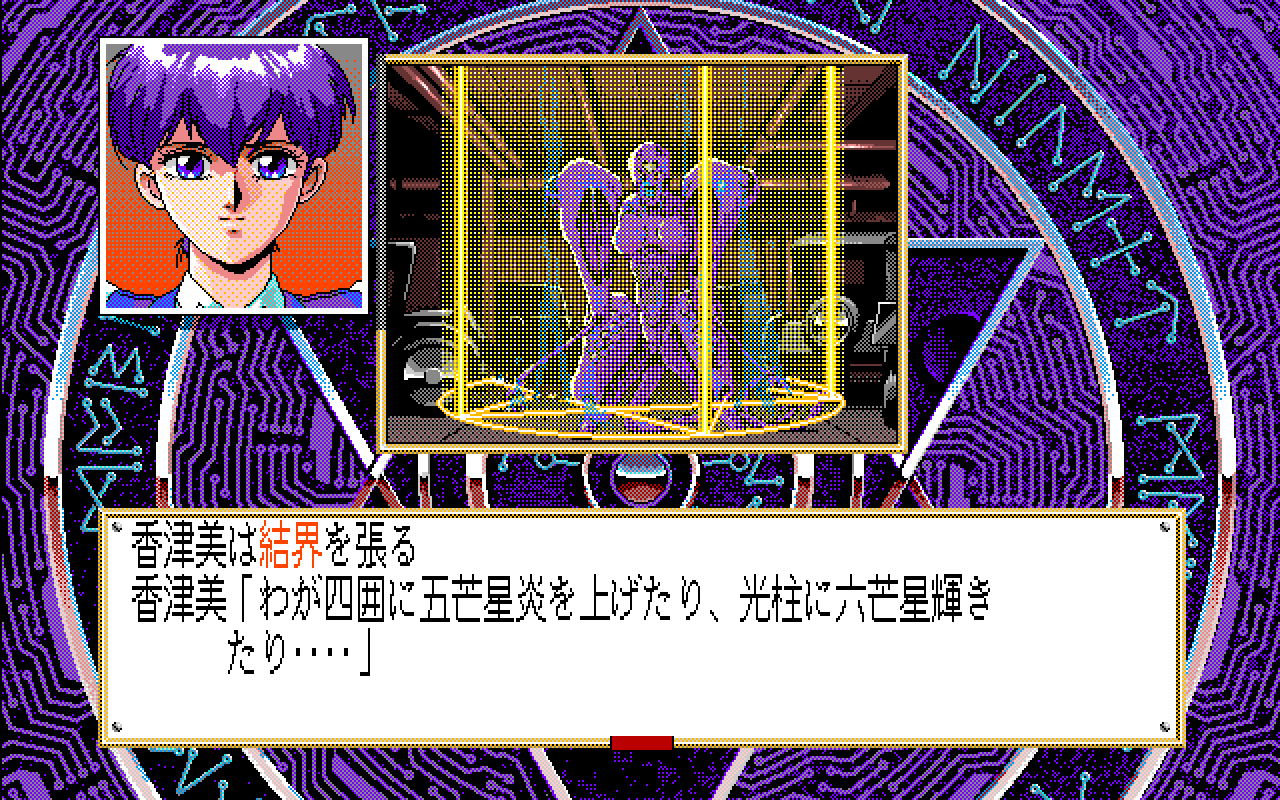
Case: Titanic never asks me to combine a towel found in one room with a broken pipe five decks down. Seeing this engaging supernatural tale through to the end is a question of when, not if, and that certainty gives me the space to relax my puzzle-solving muscles and soak up the atmosphere instead.
Which all sounds a little passive, doesn't it? A slideshow of pretty pixel art to click through, a horror game where the horrors patiently wait in their scripted locations for me to arrive. Well… yes and no. Like everything else in Case: Titanic, the devil's in the lavishly realised details.
That strangely quiet man in the corner might actually be a little more see-through than expected on closer inspection. Violent demons can be lurking in anything from seemingly ordinary passengers to inanimate objects. And that means I can never be entirely sure if my curiosity's going to provide me with some helpful new information or trigger a confrontation with the bloodslicked damned.
There's no turn order or equipment to worry about in these fights, or even a health bar to fret over. Knowing those facts it'd be easy to dismiss them as shallow, but I'd rather call them stylish. They exist to give the adventure some physical drama, and they do the job perfectly. The dialogue box fills with frantic shouts from the cast as battles rage on, and their cut-in portraits adopt an otherworldly look when they cast a powerful spell. Monsters visibly shift into a more defensive stance, aggressively turn towards the cast, or even gruesomely decay as each fight wears on.
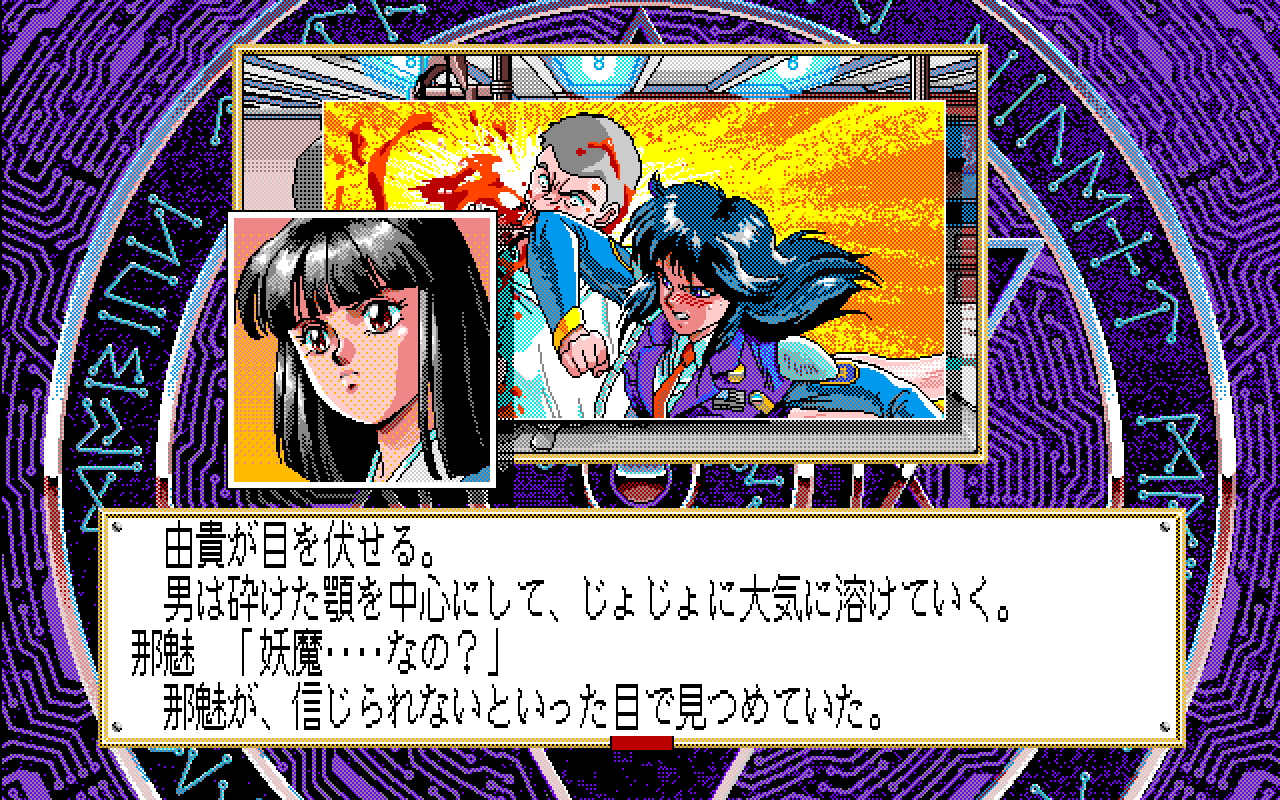
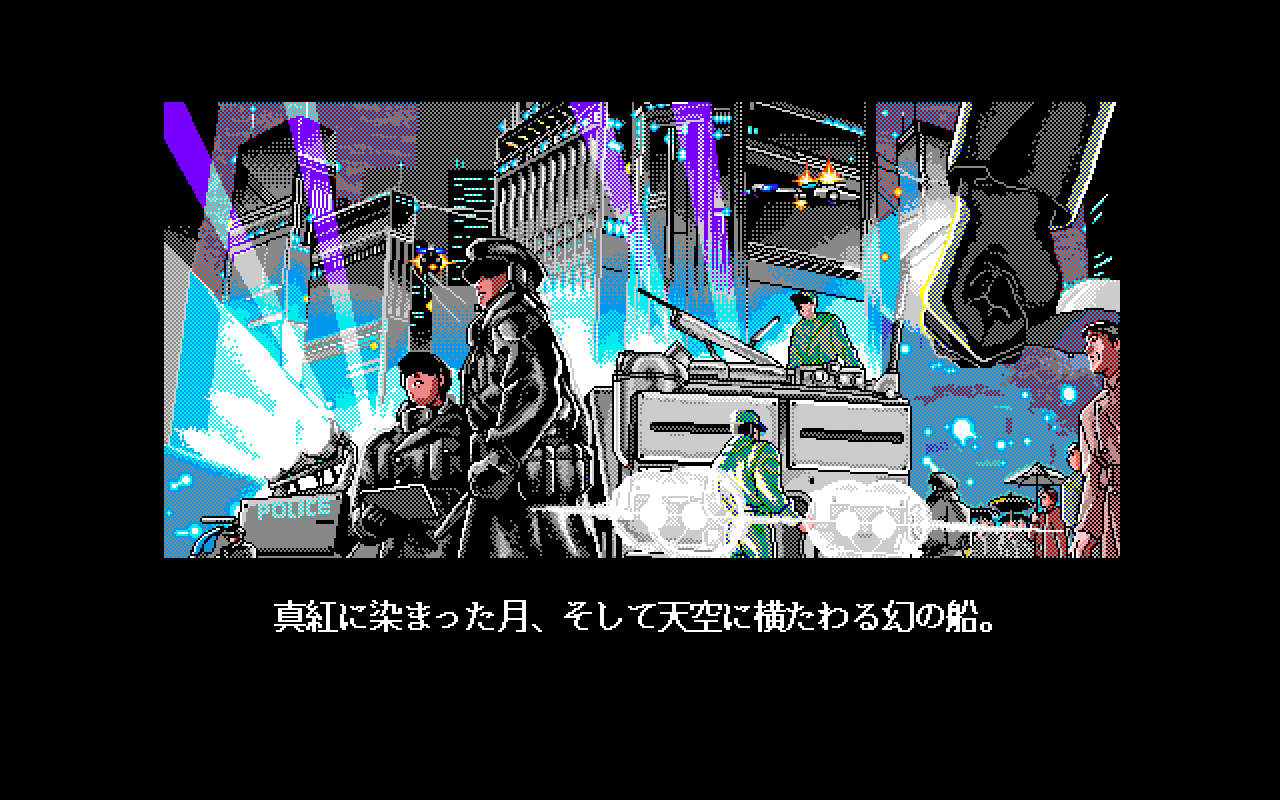
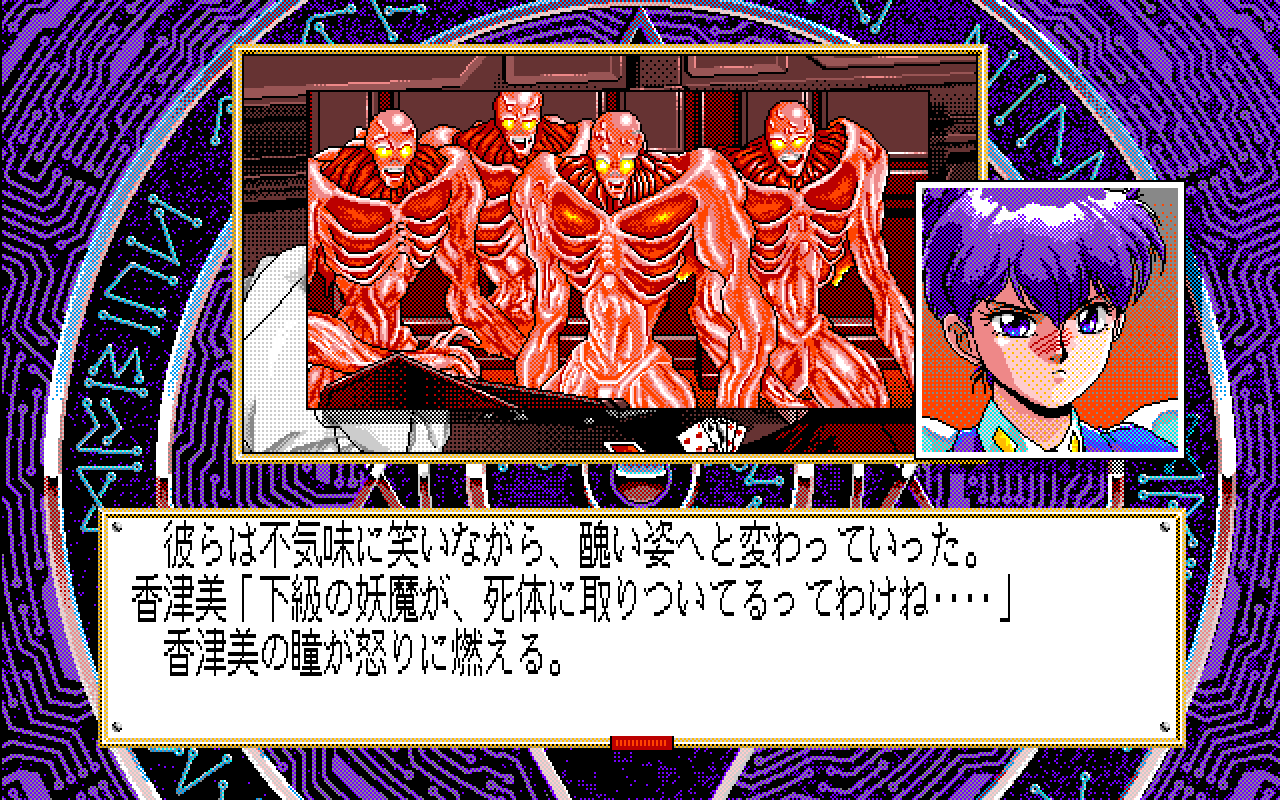
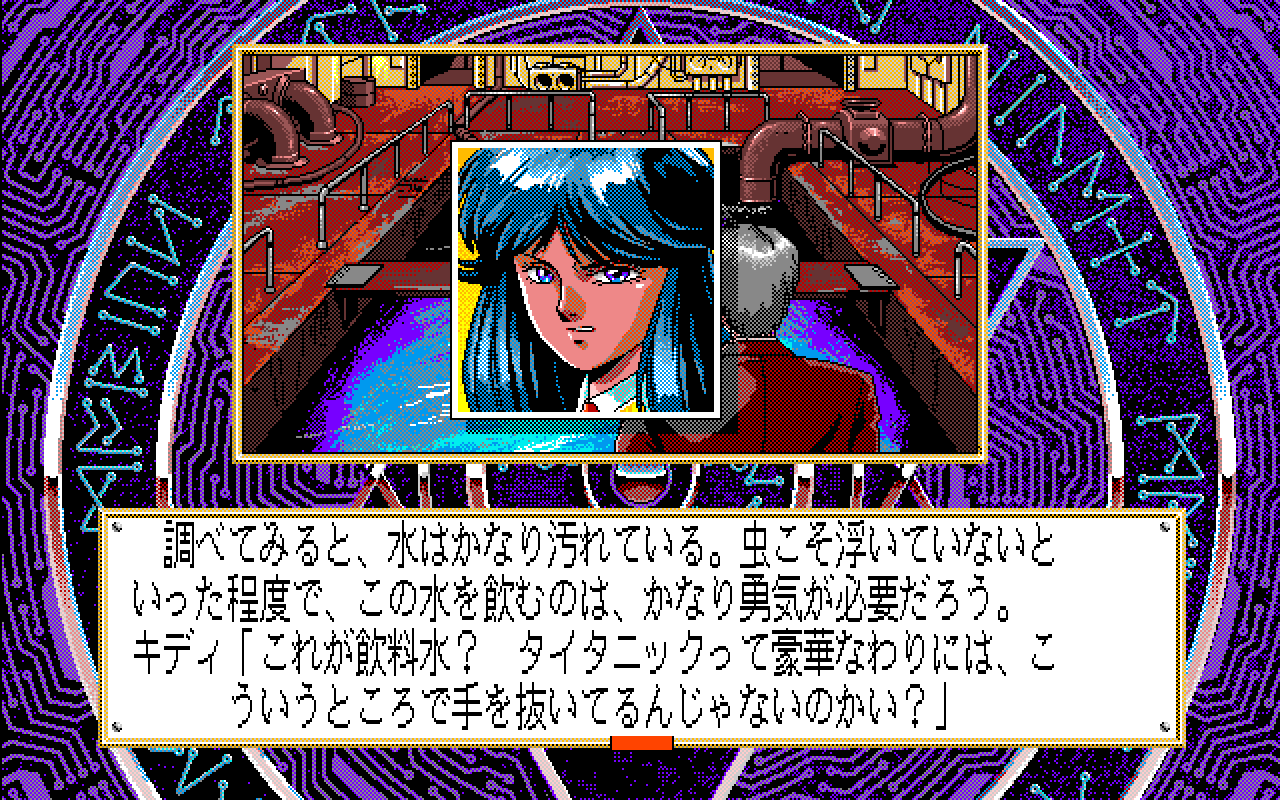

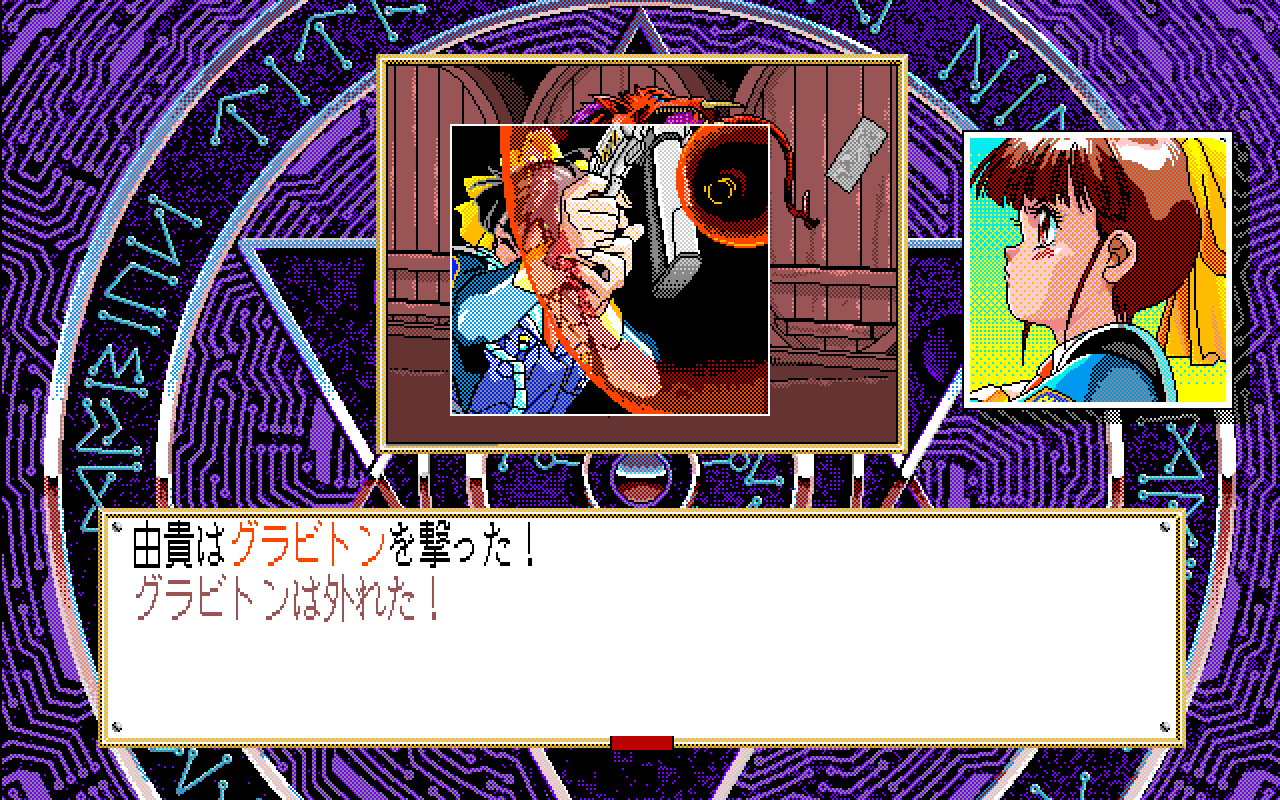
As simple as it may be in the moment it's easy to believe the AMP really are being assaulted by demons and spirits, and my choices between spells and weapons are keeping them from being turned into the afterlife's lunch.
Silent Mobius: Case: Titanic is a rare old adventure game that's still fun to play even without a guide open in a browser tab. It's a great case for the AMP to tackle, giving some beloved '90s manga/anime characters a chance to shine. It's one of too few stories where the player-insert character actually feels like they belong there, instead of just being along for the ride. And the Titanic itself, as a ship and as a legendary disaster, is situated front and centre the whole way through, tying everything together beautifully.
I wish all licensed games were as good, as tightly intertwined with their commercial and historical inspirations, as this one is.

When baby Kerry was brought home from the hospital her hand was placed on the space bar of the family Atari 400, a small act of parental nerdery that has snowballed into a lifelong passion for gaming and the sort of freelance job her school careers advisor told her she couldn't do. She's now PC Gamer's word game expert, taking on the daily Wordle puzzle to give readers a hint each and every day. Her Wordle streak is truly mighty.
Somehow Kerry managed to get away with writing regular features on old Japanese PC games, telling today's PC gamers about some of the most fascinating and influential games of the '80s and '90s.

